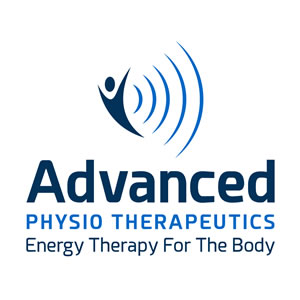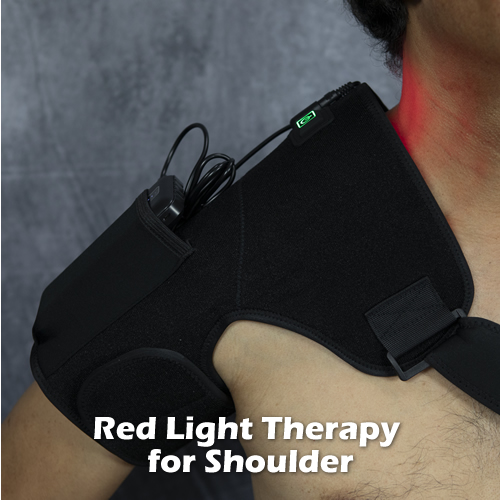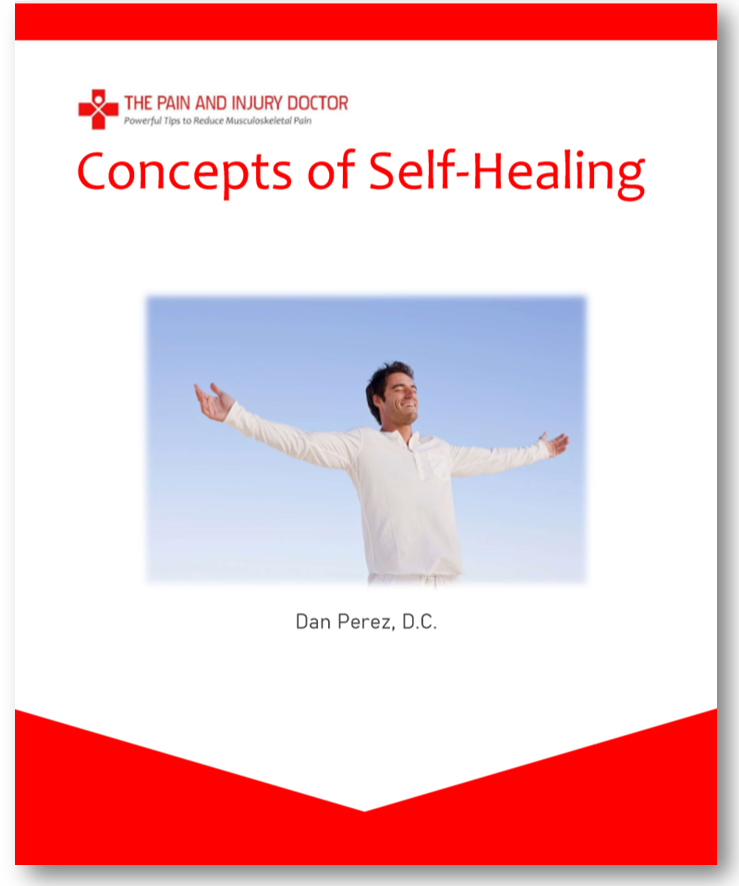Arm, Wrist and Hand Pain From Overuse – Things You Can Do
When I ran a large chiropractic practice in San Francisco’s Financial District during the late 1990s to 2002 about half of the cases I saw involved upper extremity pain due to “overuse.” They went by the names repetitive strain injuries (RSIs), cumulative trauma disorders, tendonitis, epicondylitis, carpal tunnel syndrome, stenosing tenosynovitis or just overuse syndrome.
Symptoms typically involved pain in the wrist tendons, forearm muscles and outer elbow; weak grip strength; shooting pains in the hands and sometimes loss of finger coordination.

Nearly all patients complained of neck and shoulder pains as well. About 20% were way beyond typical neck strain; these folks suffered an unusually pervasive pain that limited shoulder and neck movement enough to cause temporary disability (I had to take them off work). The neck and shoulder muscles were always rigid while the skin above felt unusually warm and a bit swollen/ boggy to the touch.

What could explain this surge of arm, wrist and hand pain from the late 90s to 2000s?
During this time frame, a couple of things occurred:
1. Laptops started entering the scene. This was significant, because up to this point people used a separate keyboard and monitor. And, they usually had the monitor raised on a monitor stand so you didn’t have to bend your neck down for so long. With the laptop, the monitor is connected to the keypad, forcing the user into an unfamiliar, awkward and ergonomically poor position. Neck and arm muscles were not accustomed to function in this position and experienced cumulative strain.

2. The internet developed, as well as desktop applications like Microsoft Office Suite. Employers saw how the internet could increase efficiency and job descriptions increasingly involved longer hours on the computer.
3. Mobile phones came on the scene, then smart phones. BlackBerrys (“Crack Berrys”) were all over the place, then the iphones. Like the arrival of the laptop these new devices caused people to assume postures that they weren’t accustomed to: forward craned necks multiple times throughout the day; thumb typing, slouching.

Wrist braces were a common site back then, and there was an increased incidence of carpal tunnel release surgery.
Now in 2017, you don’t hear much about repetitive strain injuries or carpal tunnel syndrome. I think we’ve witnessed a sort of “micro-evolution” phenomenon, where the human body gradually adapted to using laptops and smart phones due to them being “forced” on the population, and can now handle longer hours in these awkward positions.
How Chronic Arm Pain Develops
But that doesn’t mean you are immune to these overuse injuries. If you have a job that involves prolonged sitting (about one hour+ straight) and keyboarding, then it is prudent to do things to avoid developing chronic pain in your upper extremities. I’ve seen people who worked through arm and wrist pain because their job demanded it; then, a point was reached where the pain persisted even after weeks of resting their arms, and months after they left their job.
 What typically happens is, with frequent typing you rapidly contract and relax the forearm muscles that move your hands and fingers. There are several of them tightly confined in a small compartment. These muscles and tendons are protected by tissue called bursae, which are basically frictionless pads so that they can rub against each other without much problem.
What typically happens is, with frequent typing you rapidly contract and relax the forearm muscles that move your hands and fingers. There are several of them tightly confined in a small compartment. These muscles and tendons are protected by tissue called bursae, which are basically frictionless pads so that they can rub against each other without much problem.
But if you continually engage in these movements the bursae basically dry out and lose their ability to protect the forearm muscles and tendons. Friction increases causing small tears to form in the bursae and fascia (muscle covering), triggering inflammation and swelling. The inflammatory chemicals irritate the nerves in the arm, which can lead to things like numbness, tingling and shooting pains.
Then, scar tissue develops and undergoes sclerosis, or hardening and permanent thickening. Now you are stuck with hardened tissues rubbing against one other when you type, making matters worse. It leads to a perpetual cycle of arm, wrist and hand pain that persists with or without hand and arm exertion.
And don’t forget the neck and shoulders. As you know, it’s nearly impossible to maintain an erect sitting posture. After some time, your neck and back muscles fatigue causing you to slouch. The muscles in the neck shorten, and may even pinch your cervical plexus on one side—the bundle of nerves that go to the arm—leading to a condition called thoracic outlet syndrome. Symptoms of TOS include numbness in the arms and hands, swelling and a weak pulse.

For some people, the combination of neck, shoulder and arm pain is so bad they can no longer return to office work.
So what should you do?
First and foremost, taking periodic rest periods in between arm and hand work helps. Do neck, shoulder arm and wrist stretches during this time.
Secondly, take a hard look at your workstation ergonomics. Take note of the body positions and movement patterns required by your particular job function. Are there things you can arrange to minimize strain to your body? Think in terms of positioning frequently used equipment in a way that requires the least amount of exertion to your arms, wrists and hands. It could mean positioning the item closer to your body or further; higher or lower, and/or angled in a certain way. The slightest adjustment in a frequently used item can make all the difference.
For desk workers, I highly recommend that you get an adjustable standing desk such as the VariDesk. Set it to the standing height and stand for an hour; then effortlessly switch it back (takes all of five seconds) to the sitting position for half an hour, then back to standing. Standing gives you better posture and is actually better for your low back than sitting although it is harder on your feet and knees.

Third, think like an athlete. An athlete makes his/her body strong in order to perform the best, and to handle the physical challenges of his/her sport.
Well, sitting and typing is not exactly a sport but like a sport it puts physical demands on certain parts of your body—your low back, neck, shoulders, arms and hands. Strengthen those areas using weights and whole body functional exercises. This will make your body resilient to the physically stressful position of sitting at a desk for 8+ hours a day.
Fourth, there is self-therapy. If you are developing pain in your arms and hands, consider doing massage therapy. Myofascial release and Active Release Technique (ART) are especially good for upper extremity strain problems. Ask around; these techniques are advanced “medical” massage techniques that not your typical massage therapist is trained to do.
If you want to try it yourself, I made a video that shows you a modified form of myofascial release using an edged instrument.
If you are having neck and shoulder issues, find a good chiropractor and get some adjustments to those areas. Adjustments can help loosen fixated joints, removing pressure to nerves and blood vessels that service your arms.
Last but not least, use nutrition as therapy. Like a marathon runner who needs certain nutrition to recover from muscle breakdown in the legs, those whose job requires frequent arm and hand exertion at work should use nutrition to compensate for muscle breakdown in the upper extremities. I recommend green juice, whey and anti-oxidants.
Click here for the specific, nutritional supplements I recommend for maintaining good musculoskeletal health.
Bottom Line: Your arms and hands are indispensable to you. If you have a job that requires frequent keyboarding or other use of hands and arms, take preventive action to ensure you don’t develop chronic strain. Most of the best things you can do to achieve this, you can do on your own, without a doctor.
Till next time,


 Most of your upper body’s weight is supported by your lumbar spine, or low back. That’s why the lumbar vertebrae and discs are the thickest and strongest in the spine (compared to those in the neck and torso). The discs/vertebral bodies absorb 80% of the weight placed at that level; the two facet joints behind the vertebral body bear about 10% each.
Most of your upper body’s weight is supported by your lumbar spine, or low back. That’s why the lumbar vertebrae and discs are the thickest and strongest in the spine (compared to those in the neck and torso). The discs/vertebral bodies absorb 80% of the weight placed at that level; the two facet joints behind the vertebral body bear about 10% each. As you age, your lumbar discs lose some of their ability to resorb fluids. That is one reason you tend to get shorter as you reach 60 and beyond. Like a car tire or other moving machinery part, its function degrades over time.
As you age, your lumbar discs lose some of their ability to resorb fluids. That is one reason you tend to get shorter as you reach 60 and beyond. Like a car tire or other moving machinery part, its function degrades over time.
 Cissus quadrangularis
Cissus quadrangularis Meriva – “Golden” pain relief
Meriva – “Golden” pain relief Pain relief from an ancient tree
Pain relief from an ancient tree

 Last week, I
Last week, I 
 The Evolving Paradigm of Health Care
The Evolving Paradigm of Health Care





